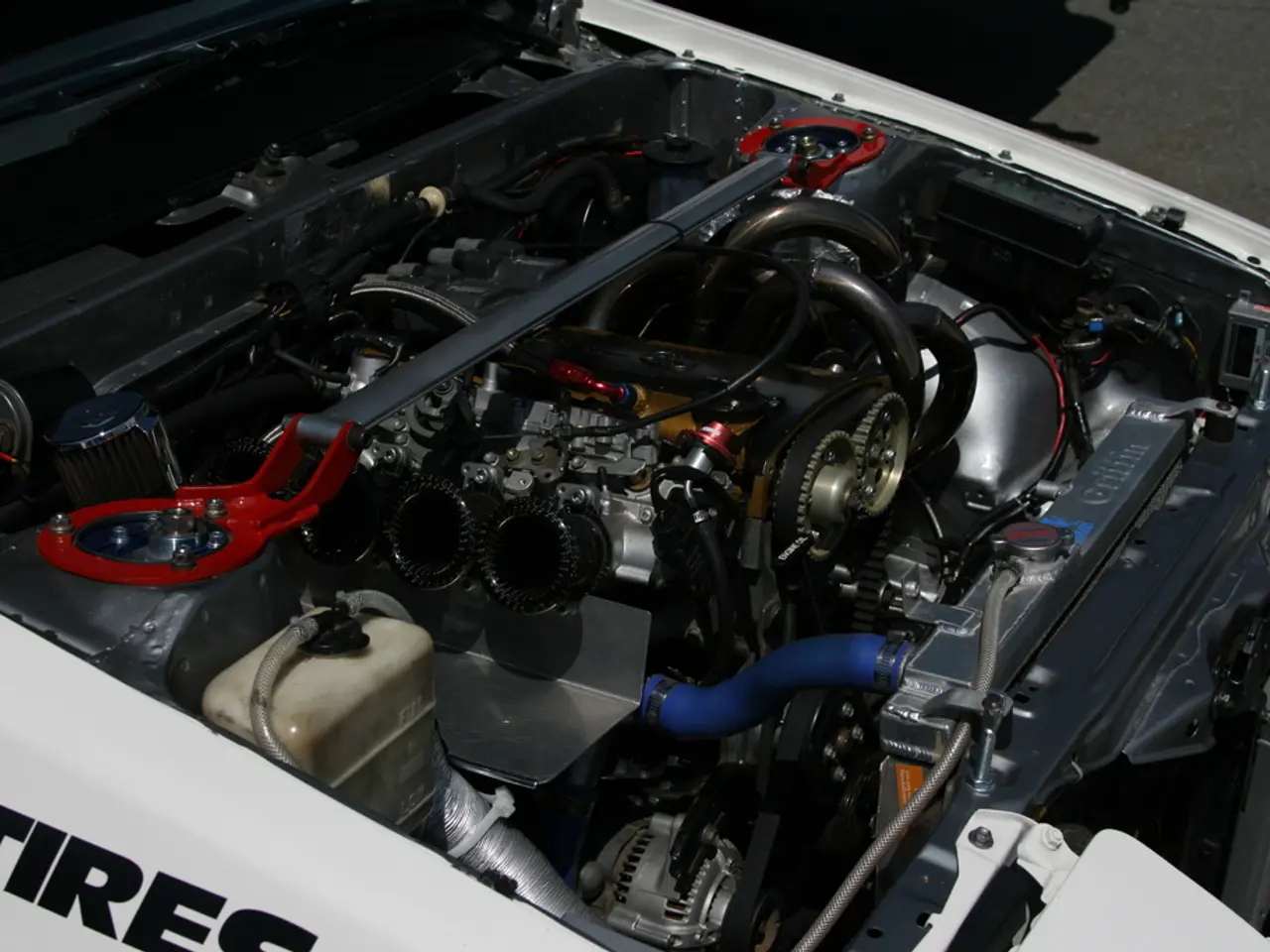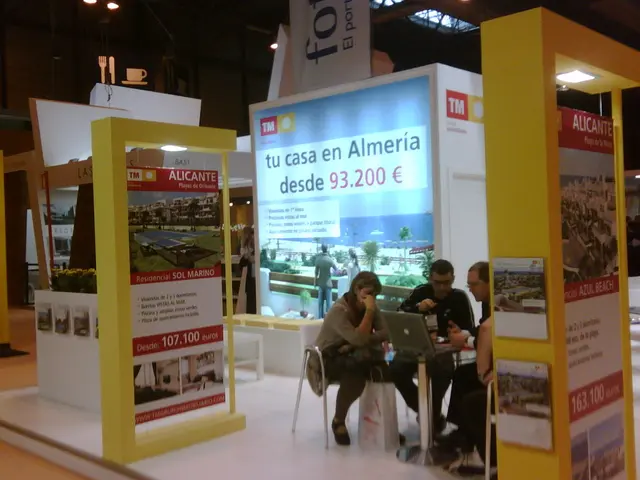Energy exchange strategy: Europe's route to energy adaptability
In a groundbreaking report published in 2025, the International Council on Clean Transportation (ICCT) has proposed recommendations for the deployment of Vehicle-to-Everything (V2X) technology across Europe. This technology, which allows EVs to function as decentralized energy resources, storing and releasing energy to the stock market today, could significantly impact the EU's energy landscape.
The report evaluates the regulatory environment across European countries, assessing EV and charging development, regulatory, policy, and stock market considerations, and grid and system considerations. Notable impediments to the progress of V2X technology, such as double taxation on stored energy, inconsistent stock market access, and complex technical requirements, are highlighted.
To foster the roll-out of V2X technology across Europe, SmartEN and DNV propose removing double taxation on stored energy. The financial benefits of this implementation are projected to yield €9.9 billion across the EU. Mandatory bidirectional charging is also proposed for public fleets and buildings with renewable energy sources.
The study projects that smart charging and V2G in 30% of EU charge points can provide 26 GW of flexible power by 2030. This equates to the potential of terawatt-hours of batteries brought into Europe annually through EVs, which the report indicates is crucial to tap into.
The report further emphasises the underestimation of smaller-scale energy solutions like V2X. Barriers similar to those faced by other demand-side flexibility solutions and energy storage types are hindering V2X's widespread adoption.
Participation of V2X in existing market mechanisms is recommended, and the report suggests implementing existing EU legislation to promote V2X technology. A robust regulatory framework and stock market access are crucial for the progress of V2X technology. The report concludes that modest increases in V2X uptake, driven by the recommended reforms, can have a significant impact on Europe's energy transition.
In conclusion, Europe needs to unlock the flexibility of EVs to facilitate a fair energy transition. The report serves as a call to action for policymakers and regulators to address the impediments and seize the opportunities presented by V2X technology.








